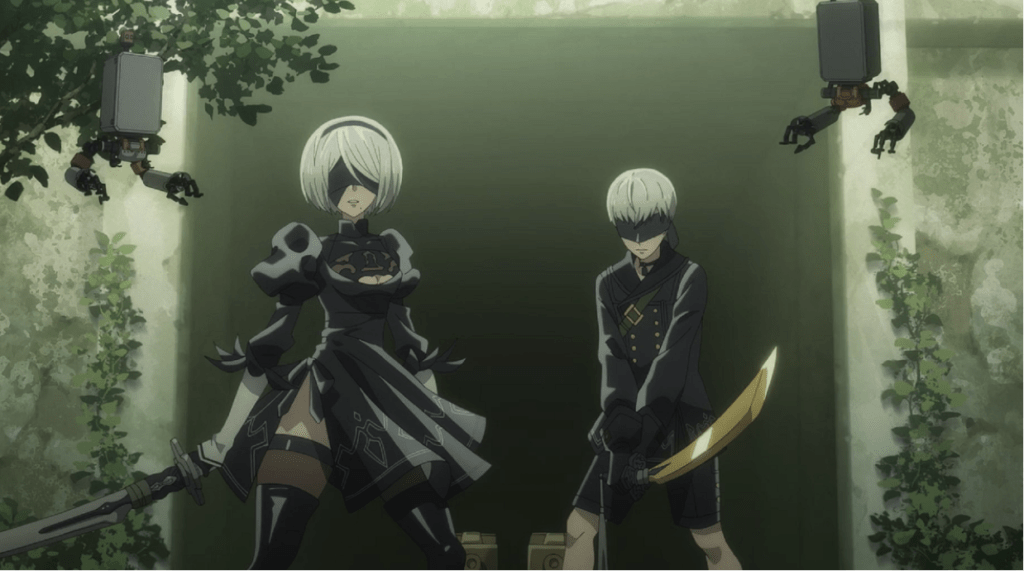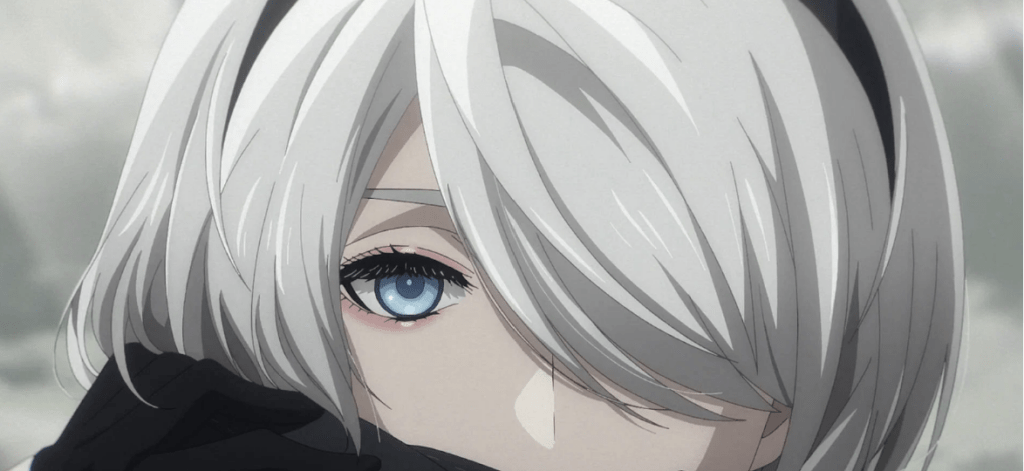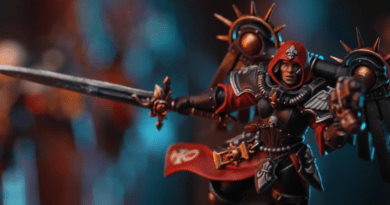
How Nier: Automata Sets An Example For Video Game Adaptations
By Austin Jacques
Science fiction, especially the tech-driven post-apocalyptic variety, has a rich history of representation in anime. Shows like Mobile Suit Gundam, Ghost in the Shell, and Neon Genesis Evangelion helped spread the appeal of anime as a storytelling form to a global audience.
The most popular titles tend to originate from manga or light novels, which overlap significantly with anime in terms of narrative conventions and techniques. Less often, productions are developed from video games. In many ways, these are more difficult to pull off because the storytelling mediums differ so greatly. This results in many shows that end up disappointing fans of the original game.
But recently, an adaptation of the popular JRPG game Nier: Automata proved a delightful exception to this trend. With tight narrative execution, an engaging plot, interesting characters, and immersive worldbuilding, it delivered something that can often be elusive in anime: a unique watch experience.
The story centers around two androids, 2B and 9S, who serve an organization dedicated to the restoration of humanity, which has been conquered by an alien race controlling vast legions of machine life forms. But everything is thrown into question when 2B and 9S encounter a slew of secrets and surprises, all driven by the shocking discovery the alien masters appear absent and the machine lifeforms are evolving.

The plot itself, and the interactions between its cast of primary and secondary characters, follows the source material in a satisfying way. It manages to create a cohesive story that doesn’t require the viewer to have played the game to fully enjoy it, which is a common pitfall many other game adaptations fall into.
Despite the plot in Nier: Automata sometimes feeling rushed and disjointed, the show makes up for it with interesting twists and compelling characters. Its strongest asset, however, is its worldbuilding. While most of the credit goes to the game for this achievement, the anime did an excellent job of incorporating it and avoiding any egregious infodumps. It built on what the game provided and transformed what’s otherwise a familiar trope of a dystopian setting overrun with robots to create a world that feels unique, fully-fleshed, and alive.
That’s what really sets this anime apart from other game adaptations, and from other sci-fi animes in general. The viewer gets the sense, as some authors have put it, that the story world exists without them; remaining before, during, and long after they finish watching.
In the realm of video game anime adaptations, Nier: Automata stands out for its skillful execution of storytelling while remaining faithful to the narrative content and atmosphere of the source material. It’s not often we can enjoy such adaptations as so independently compelling, but Nier: Automata promises a rich story and immersive world whether the viewer is familiar with it or not.
So don’t worry about missing out if you haven’t played the games. Give it a try, for the Glory of Mankind!




